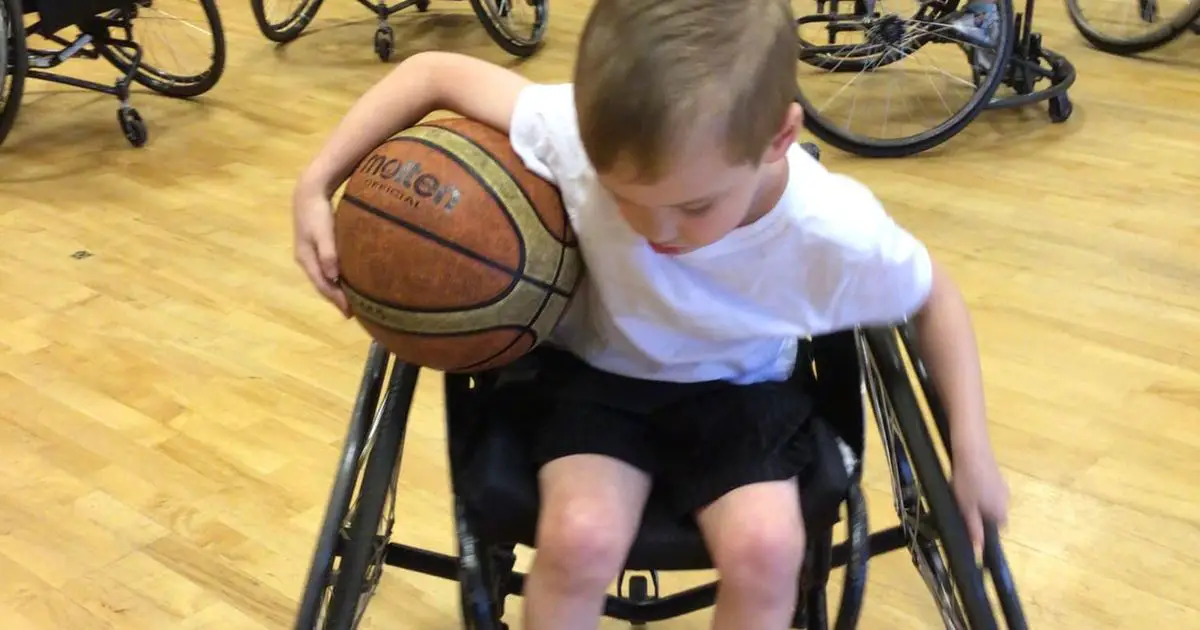It has been revealed how long children should exercise per day in new Government guidelines, which for the first time includes disabled kids.
the recommendationsbacked by research from Durham University, the University of Bristol and Disabilities Rights UK, highlight the significant physical and mental benefits of regular exercise.
Chief medical officers Sir Chris Whitty, Sir Michael McBride, Sir Gregor Smith and Sir Frank Atherton have all previously issued activity guidelines for children and young people, but is the first time those with disabilities have been included.
Rights campaigners have hailed the inclusive move, which has been years in the making.
Professor of disability and physical activity at Durham University, Brett Smith, highlighted the importance of this inclusion. He said many disabled children have been keen to take part in physical activities, but parents often had questions about its safety and how much they should do.
However, with the new recommendations released, their fears have been allayed.
the medical officers, who presented the report, said : “We are delighted to present this report…an important step forward in addressing the gap in physical activity guidelines for disabled children and disabled young people.”
“We encourage schools, parents, carers and healthcare professionals to communicate and promote these guidelines across their wider professional networks.”
How long should children exercise a day?
The new guidelines recommend that disabled children and young people should aim for 120 to 180 minutes of “moderate-to-vigorous intensity aerobic activity” a week, or 20 minutes a day.
This should be combined with strength and balance-focused activities around three times a week.
For those between 5-18 years old without an impairment, children should aim for at least “60 minutes of moderate or vigorous intensity physical activity a day across the week”.
Various types of exercises should be done, to develop fitness in a rounded manner.
Aerobic activities include:
- Walking to school
- Playground activities, including jumping, running and catching
- Sports, like football or tennis
- Swimming
- skipping
- dancing
- Cycling
Muscle and bone strengthening exercises include:
- gymnastics
- football
- martial arts
- Resistance exercises with weight machines or handheld weights
- Sit-ups, press-ups and other similar body-weight exercises

